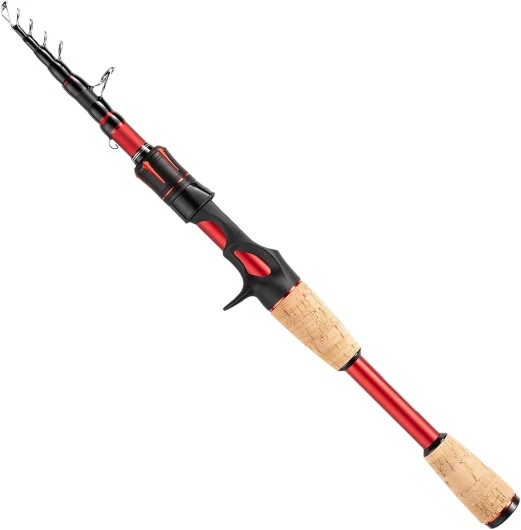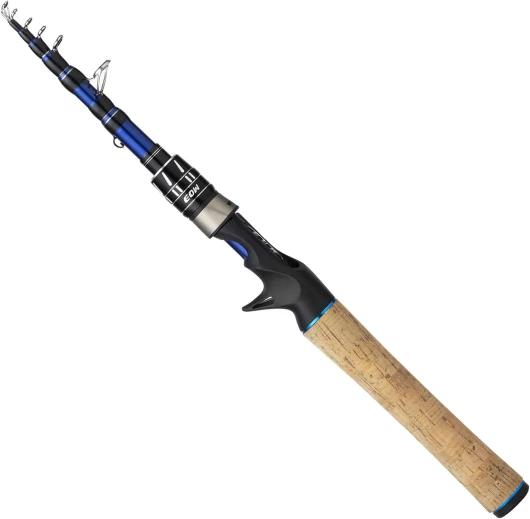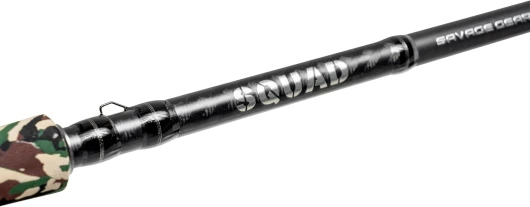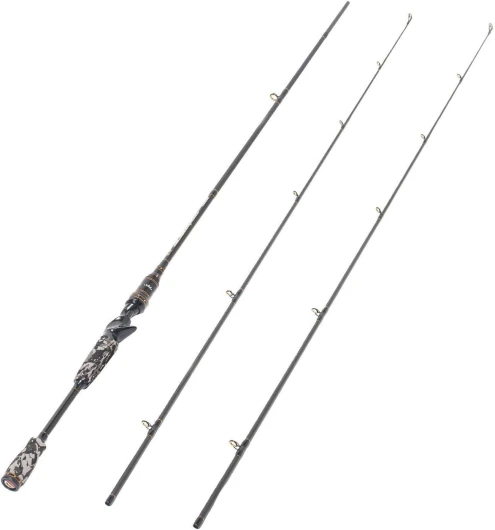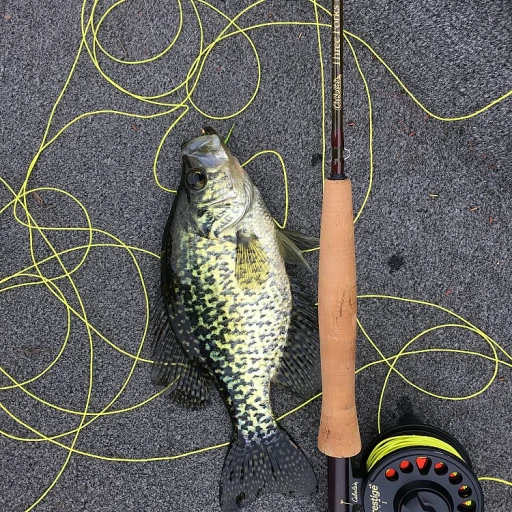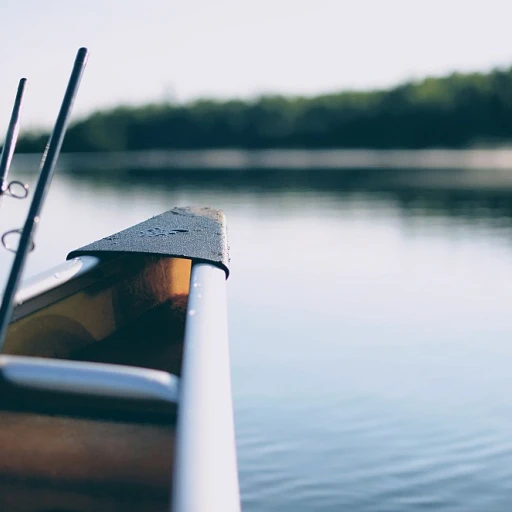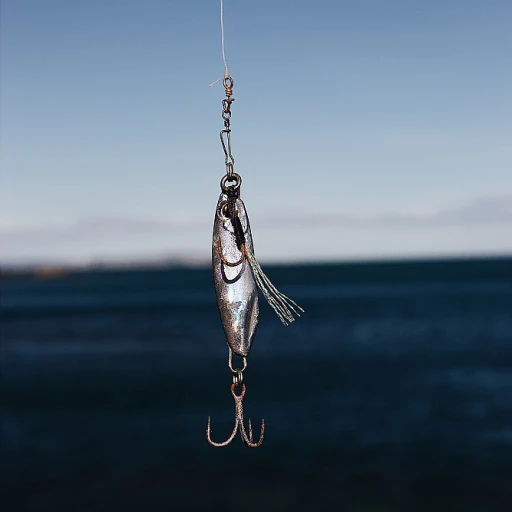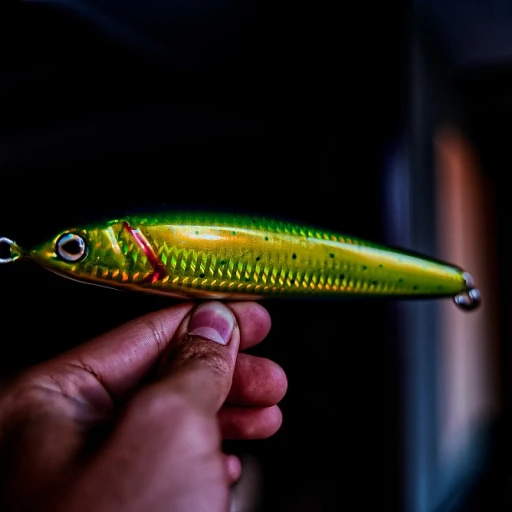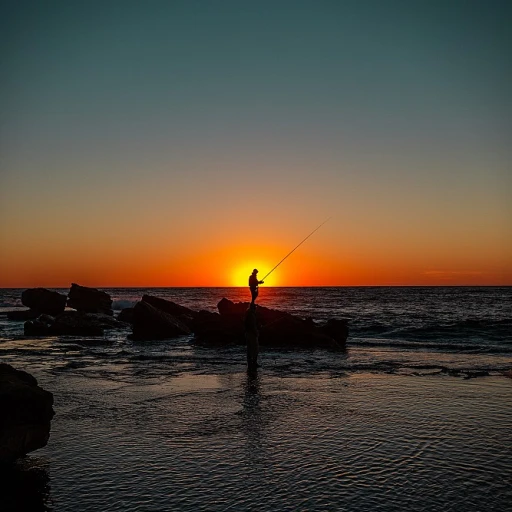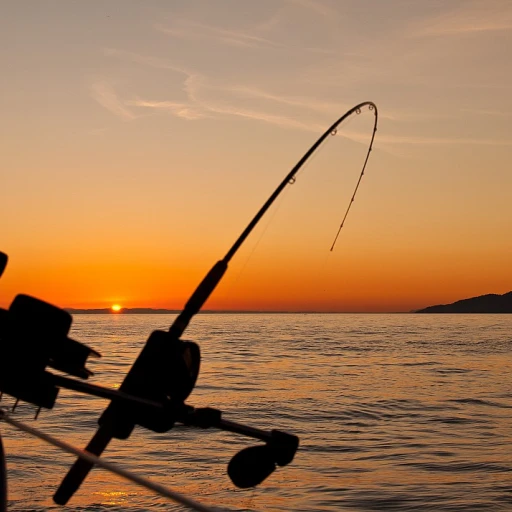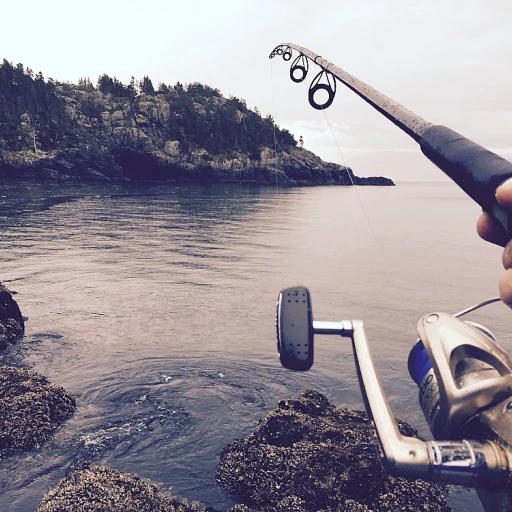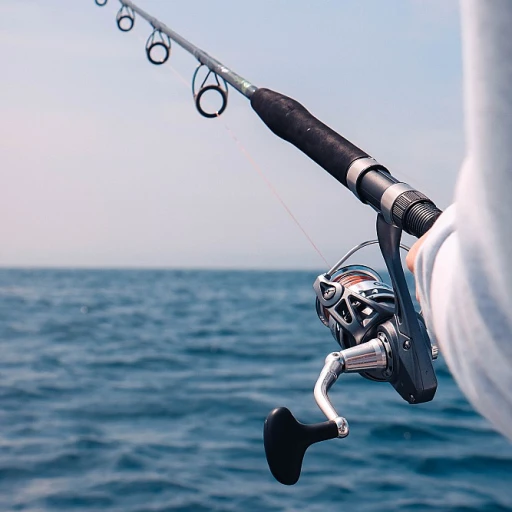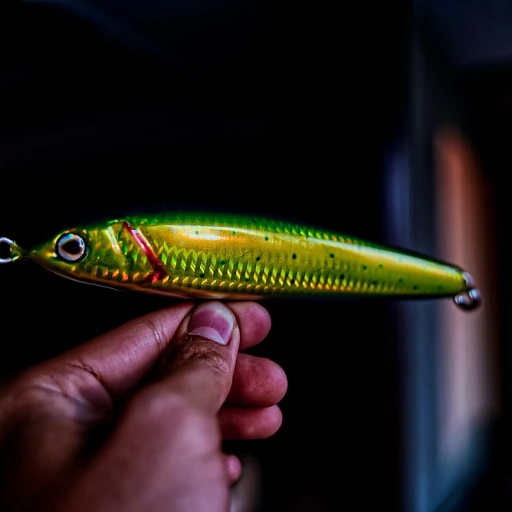
Understanding Casting Rods
The Foundation of Casting Success
Understanding casting rods is the crucial first step for any enthusiastic angler looking to master the art of fishing. These rods are specially designed to facilitate precision and control, making them an essential element of any angler's repertoire. From the regular price units sold at various stores to specialized series casting rods tailored for finesse or bass fishing, there's a vast array to consider when browsing for a new addition to your collection.
When browsing for the perfect casting rod, it’s important to keep in mind the type of fishing you will be engaging in. This will help determine whether a medium heavy option is ideal for your adventures, or if a bait finesse rod might be more suitable for targeting bass. Whether you are looking at popular brands such as Daiwa Steez or Abu Garcia, each offers a unique set of features and benefits.
The move from spinning rods to casting rods represents a common transition for anglers seeking improved accuracy and distance. Regular efforts in perfecting your casting techniques will yield beneficial results and a much more fulfilling fishing experience. With various options often rated stars by other anglers, understanding what distinguishes these products can significantly impact your fishing success.
For those starting out, it’s worth exploring products that offer quick setup and are rated for ease of use. Regular price options often have great deals during sales, and keeping an eye on price units and sale prices can lead to significant savings. Dive deeper into exploring further with insights from shrimp traps to enhance your overall fishing strategies. Explore further the world of shrimp traps to expand your angling knowledge.
Choosing the Right Casting Rod
Select the Perfect Rod for Your Needs
When it comes to selecting the right casting rod for your recreational fishing adventures, not all rods are made equal. From materials and construction to the type of fish you're targeting, there's a lot to consider.- Materials and Build: Most casting rods are crafted from fiberglass, graphite, or a composite of the two. Graphite rods typically offer more sensitivity and distance, making them a popular choice for bass fishing. Fiberglass rods, on the other hand, are known for their durability and flexibility.
- Action and Power: The action of the rod refers to how much it bends when pressure is applied to the tip, while power indicates the rod's resistance to bending. For most recreational fishing needs, a medium-heavy action rod provides a good balance, delivering enough flexibility to handle various types of bait and the quick finesse needed for different techniques.
- Brand Series and Models: Well-known brands like Daiwa and Abu Garcia offer series of bass rods that are highly rated and available for different price points. Whether you’re looking at the regular price or seeking out a saving sale, track the series of rods that fits your specific requirements. Some units are rated stars in product reviews for their responsiveness and build quality.
- Consider the Whole Ensemble: Pairing your casting rod with the right reel is essential for the perfect cast. Whether you lean towards a spinning rod or a series casting rod, ensure that it matches your intended fishing style and the reel’s specifications. Some units are typically first sold at a higher price regular, but savvy shoppers can often find a price save during a strategic sale price shop.
Materials and Construction
Exploring Rod Construction and Materials
When it comes to casting rods, understanding the materials and construction is crucial for enhancing your fishing experience. The durability, sensitivity, and weight of the rod greatly depend on these factors. One of the primary materials used is graphite, known for its light weight and strength. Many rated stars casting rods, especially those in the bait finesse series, boast graphite as their main component, providing a balance of sensitivity and resilience. This makes them a favorite among bass rods enthusiasts who need quick responses and the ability to feel subtle bites. Fiberglass, on the other hand, offers a different set of advantages. It's typically found in medium-heavy rods, known for being sturdy and reliable. While they might be heavier than their graphite counterparts, they shine when you need extra lifting power or durability in challenging conditions. Some advanced rods, like the popular Daiwa Steez models, combine both graphite and fiberglass, creating hybrid units that offer the best of both worlds—strength and sensitivity. Brands like Abu Garcia also offer series casting rods that cater to this balanced approach, often rated highly for their versatility. The construction of the rod is just as important as the materials used. The guide rings and reel seats also play significant roles. High-quality ceramic or aluminum oxide guides reduce friction and increase casting distance, while robust reel seats ensure your chosen reel stays securely in place during those intense fishing battles. Before investing, always shop around, keeping an eye out for factors like sale price offers or unit price savings events. Whether you're exploring the quick view of a spinning rod or assessing the regular price of a high-end model, understanding these intricacies ensures you choose the best option tailored to your fishing needs. For further insights into enhancing your fishing strategy, consider reading about mastering the art of tarpon flies for enthusiastic anglers on our blog.Casting Techniques for Beginners
Perfecting Your Casting Skills
If you're new to recreational fishing, understanding how to cast effectively with your casting rod can be a game changer. The right techniques can increase your chances of a successful fishing trip, especially when you want to get the most out of your gear. Here are some tips to get you started on your casting journey:- Hold the Rod Correctly: Start by gripping your casting rod with a relaxed grip. Holding it too tightly can result in fatigue, reducing your effectiveness over time. A medium heavy rod is often recommended for beginners, as it provides the right balance of strength and sensitivity.
- Adjust the Reel: Before you cast, make sure your reel is set up properly. This includes adjusting the brake system and spool tension. A well-adjusted reel, whether it's an Abu Garcia or Daiwa Steez, facilitates smoother casting with less backlash.
- Swing and Release: For casting beginners, it's crucial to learn the swinging motion. Position the rod behind you, then flick it forward while releasing the line at the right moment. Timing is key here—practice will help you find that sweet spot.
- Finesse Techniques: For those aiming for more precision, finesse techniques like the bait finesse or a low, sidearm cast can be effective. These methods are excellent for targeting bass in challenging conditions.
- Quick Cast Adjustment: Each time you cast, observe the results and adjust your technique accordingly. Quick evaluations and tweaks can lead to significant improvements in your casting performance over time.
Advanced Casting Techniques
Enhancing Your Casting with Advanced Techniques
Having conquered the basics of casting rods, it’s time to delve into more advanced casting techniques to elevate your recreational fishing experience. This is where the real finesse in fishing emerges, often distinguishing seasoned anglers from novices. First, mastering the art of "feathering" is crucial. This involves gently applying pressure on the spool with your thumb as the lure approaches the water. This technique allows for more precision and a softer landing, which can be critical when targeting species like bass. Whether you're using medium heavy casting rods or opting for lighter options like bait finesse systems, feathering can significantly enhance your accuracy. Another technique to explore is using "roll casts." This is a quick, efficient motion, especially useful when space is limited. With a flick of the wrist, this method enables a smooth, low trajectory cast, minimizing wind resistance. It's ideal for when you spot a promising target close to the shore or under structures. Experimenting with different reel speeds is also key for advanced casting. Adjusting the speed at which you reel in can mimic the natural movement of prey, increasing the chances of a catch. Reels, whether regular or spinning, offer varying gear ratios—ensuring you select the correct ratio for your casting rod is essential for optimizing performance. Investing in higher quality rods, such as the Daiwa Steez or Abu Garcia series, can also impact your casting ability. These options are often rated highly in the fishing community and offer features that cater to advanced techniques. They frequently go on sale, providing opportunities to purchase these high-rated stars at a reduced price unit. Remember, the type of rod and reel combination you choose can affect the success of these techniques. Bass rods require different handling than spinning rods, for example, particularly when you venture into finesse fishing cultures. Always consider the unit price, sale price, and regular price before making a choice. By understanding the nuances of your equipment and technique, you'll be well on your way to becoming an advanced angler.Maintenance and Care of Casting Rods
Proper Care and Maintenance of Your Casting Rods
Maintaining your casting rods is fundamental if you wish to enjoy countless successful fishing adventures while ensuring their longevity. High-quality rods like those in the Daiwa Steez and Abu Garcia series are investments, and a little care goes a long way in preserving their integrity. Here's how you can keep your casting equipment in top condition:
- Regular Cleaning: After every fishing trip, especially in saltwater environments, make sure to rinse your casting rod with fresh water to remove any residual salt, dirt, or debris. This simple step prevents corrosion and extends the life of components like guides and reel seats.
- Inspect for Damage: Regular checks are vital. Look for cracks or breaks in the rod, especially near the tip, which can compromise the rod's action and strength. Replace any damaged guides to avoid issues when casting.
- Store Properly: When not in use, store your rods vertically or horizontally with adequate support to maintain their shape. Avoid locations with excessive heat or direct sunlight, as these can weaken the rod's materials.
- Rod Transport: Use a solid rod case during transportation to protect your casting rod from impact damage. Proper packing prevents accidental bending or breakage.
- Reel Maintenance: Regularly clean and lubricate your reels attached to casting rods. Check the spool, drag, and other reel components align perfectly to ensure smooth casting and reeling operations.
The price of care is time, yet it offers savings on potential repairs or replacements. The knowledge gained from understanding rod materials and construction will aid in appropriate maintenance practices. Just as with any sporting equipment, each rod is rated for precision and durability, but they still require mindful handling. With recommended routine care, your rods will consistently perform with finesse during bass fishing or when targeting quick, medium-heavy species. Additionally, satisfied anglers often find their investment is rated stars among peers when properly maintained.

